Reduce, Reuse and Recycle: Q&A With 'Michael Recycle'
What happens to our recycling after the truck picks it up? Why is it important to recycle? And what can we do to recycle in the right way?
We talked about all these things with Michael Neese, also known as Michael Recycle, who works as refuse and recycling manager for the city of Winchester in Virginia. He’s like a sustainability superhero, teaching his community how to make the world a better place one recycling tip at a time.
What is a refuse and recycling manager?
Michael’s job is to help people in his community with their trash and recycling. He manages the whole process, making sure the trash and recycling are picked up, delivered and sorted correctly. “I take a lot of citizen phone calls, answering questions about what can be recycled, when and where,” says Michael. “I also oversee the collection program, so the guys you see driving around town on the backs of the trucks, those are my people.”
How did you get interested in trash and recycling?
“I grew up spending a lot of time on my grandparents’ farm,” says Michael. It made him really interested in things like composting, wildlife and sustainable habitats, so he studied natural resources and agriculture. To help earn money during college, he got a job working on the back of a trash truck. Michael soon started driving the truck and then became a supervisor. “I don’t know, something clicks. It’s like it gets in your blood. And so that’s what I’ve been doing ever since, and that was 20 years ago.”
Why is recycling important?
Recycling is important because it stops us from having to use natural resources to create new materials every time. Have you ever played Minecraft? “How easy is it to go to the forge and reforge material or strengthen your armor compared to going down in the mine? Fighting the creeper, fighting the skeleton, getting near the lava just to get more iron to make new armor,” explains Michael. It’s the same with aluminum, steel, plastic, paper and cardboard. It’s much easier and more efficient to use materials again instead of going back into the earth to bring more natural resources out.
What technology is used in recycling?
Amazingly, Michael says the technology they use to collect recycling in trucks has barely changed since the 1980s. “But the sorting end and the material reclamation facilities . . . oh man, they’re cool,” says Michael.
Michael remembers a time when recycling was dumped onto a loading floor and people had to walk through and pick out recycling material by hand. Today, thanks to amazing technology, “you now have conveyor belts with blowers and magnets and all kinds of robots to separate out the materials.”
“We used to pick up two tons of recycling in the entire month, and it would take six or eight people at the facility to sort through it.” Now, they can process close to two tons of recycling a day with the same number of people.
What’s a cool project Winchester has done with recycling?
A few years ago, you could no longer recycle glass across almost the entire state of Virginia. It’s a very heavy material, and because it’s sharp and hard to collect and process in a safe way, it became too expensive. But Michael came up with a plan!
He pitched an idea to buy a machine that could turn glass into both sand and small, smooth pebble-sized pieces. He found a way to collect the glass separately so it wouldn’t mix with the other recycling, and he got money from the city to fund his project.
As of today, Winchester has processed almost 300 tons of glass, and “all of it has been used right here in our little 9 square mile community where it came from,” says Michael.
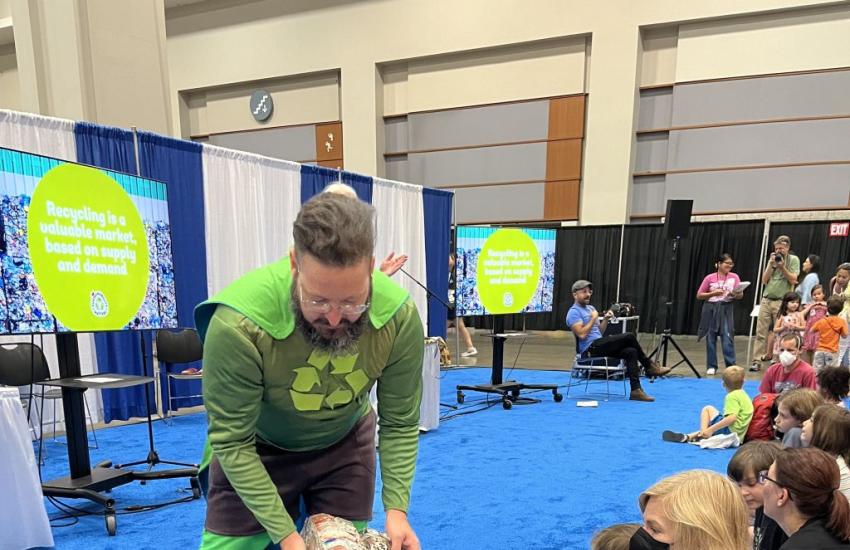
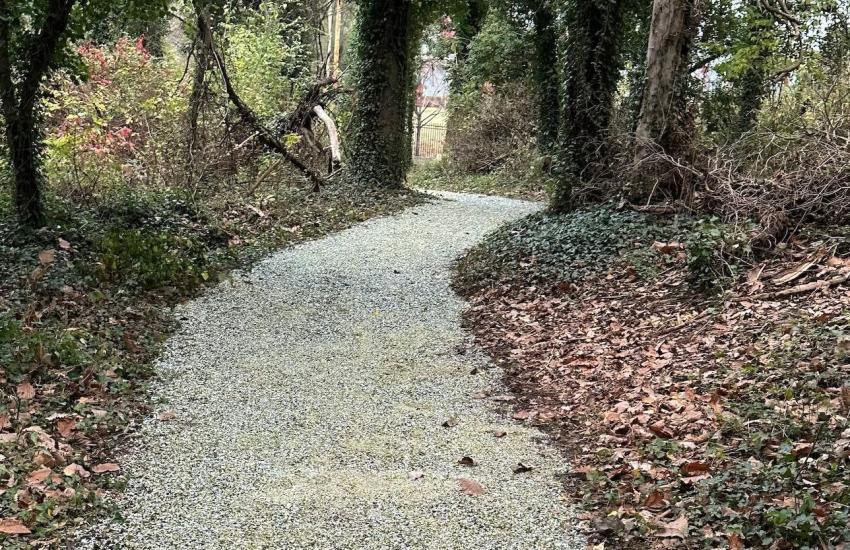

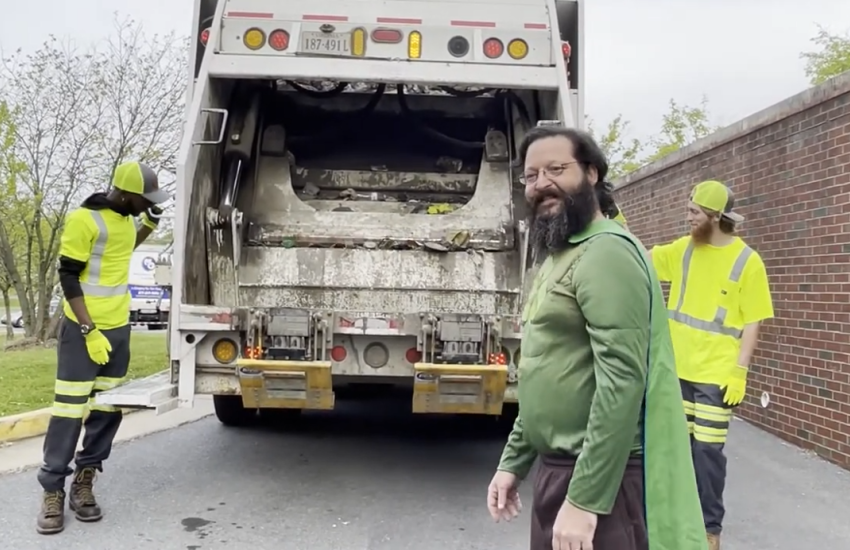
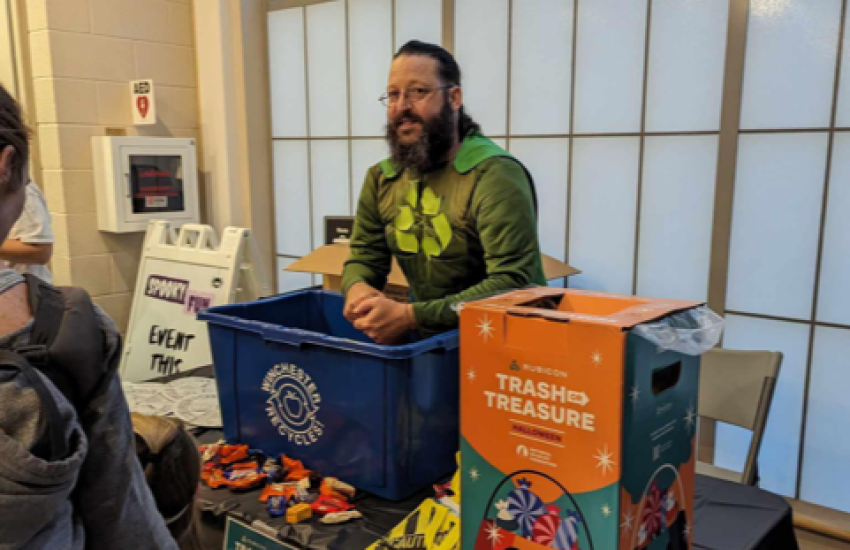
How do we know which things we can recycle?
A lot of people have good intentions when it comes to recycling. They see the universal recycling symbol printed on the bottom, and they toss it into the bin. But did you know the recycling symbol doesn’t always mean you can recycle something?
The recycling symbol is in the public domain—that means any company can use it on their product, and no one is in charge of checking if the product really can be recycled. Each county and city has its own rules about what you can recycle. “Start with where it goes,” says Michael. Is there a company that picks up your recycling? Contact them and get more information about what they will accept. If you know your recycling manager, give them a call! Another great resource is Earth911. You can check on their website, earth911.com, to see if a material can be recycled where you live.
What can I do to help with recycling?
Recycling is actually the last part of a three-step process: reduce, reuse and recycle. Before we even get to recycling, it’s important we all do our best to reduce the amount we buy and reuse things when we can.
“Start in your trash can,” says Michael. “Look in your trash. What’s in there, and how can I prevent it from being in there? Is it a banana peel and some coffee grounds? OK, maybe we should be composting. Is it a bunch of grocery bags? Hey, let’s use reusable bags. Soda cans? We could recycle these. Find out what’s in your trash and then find it another home or keep it from coming into your home so it doesn’t go in the trash.”
The goal is zero waste, which means we don’t have anything that goes in the trash. “But you won’t hit zero waste,” explains Michael. It’s just a goal to keep in mind. “Don’t feel bad if you can’t do something right. You just do what you can and be happy with that.” No one is perfect, but if we all take small steps, it makes a big difference.
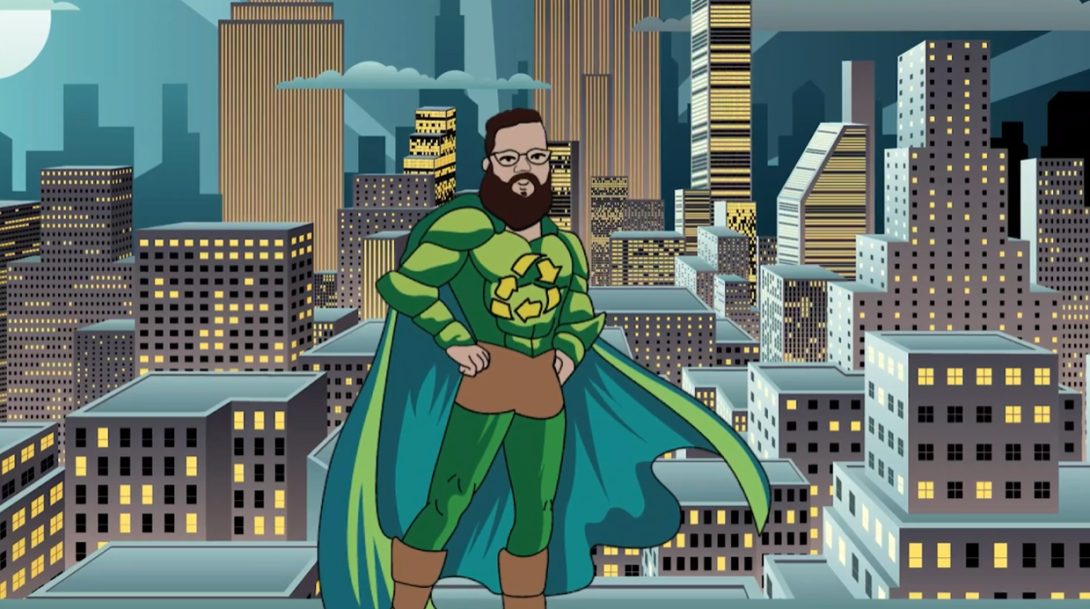
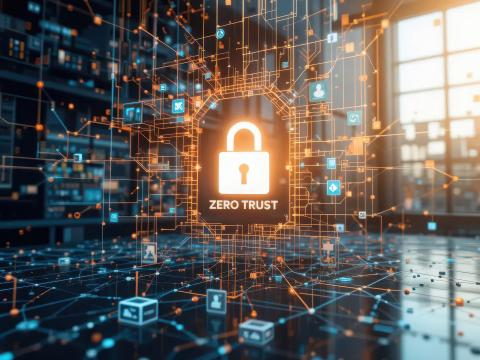
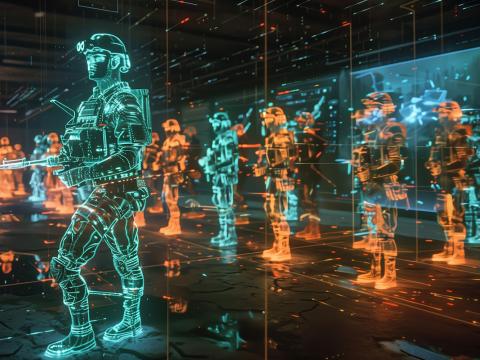
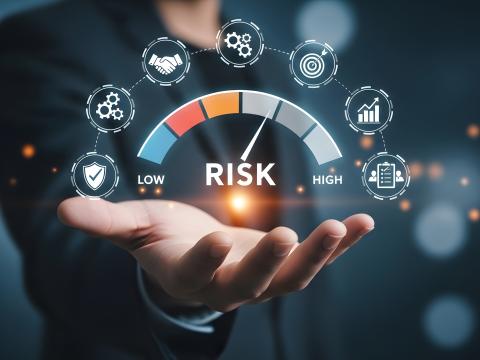
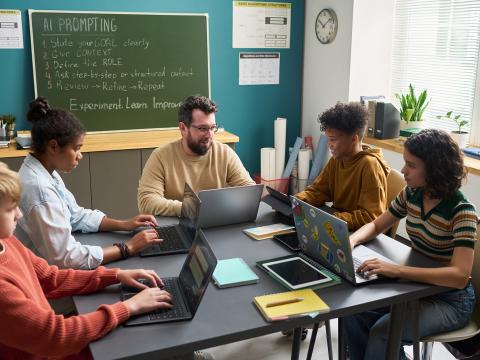
Comments